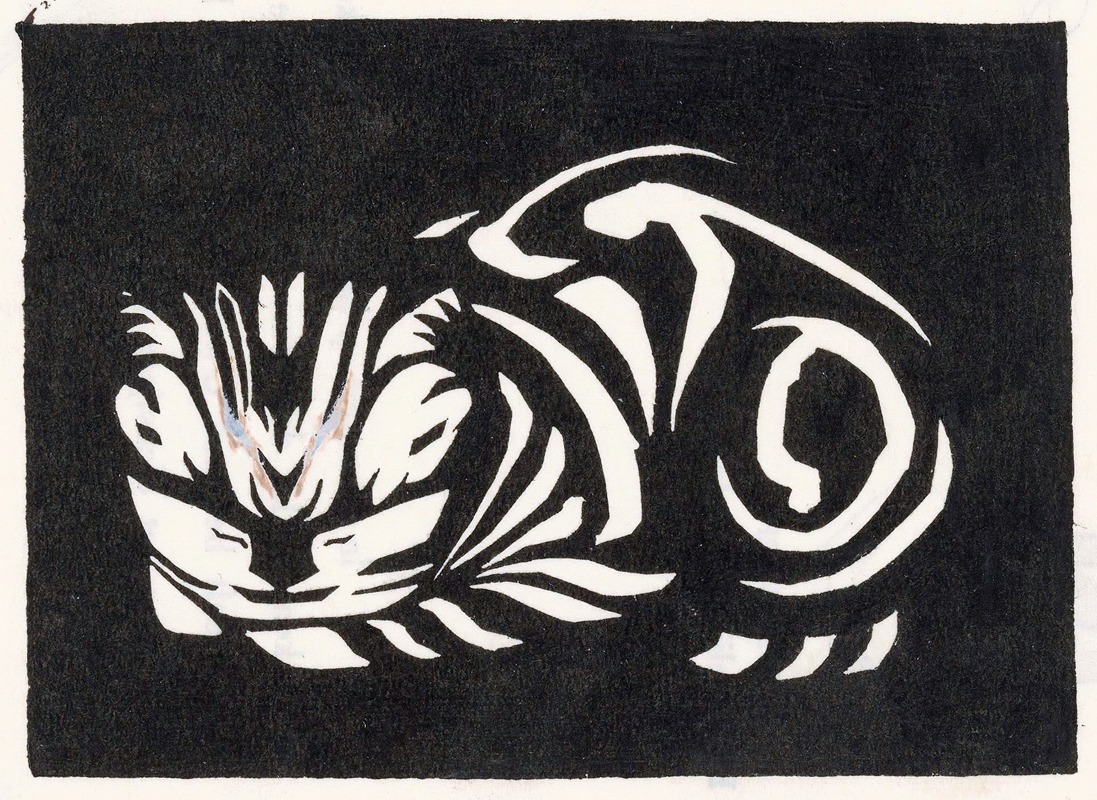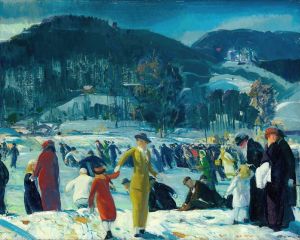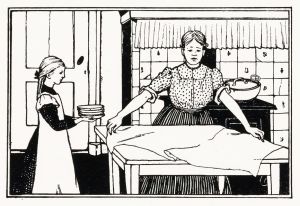
December
A hand-painted replica of Julie de Graag’s masterpiece December, meticulously crafted by professional artists to capture the true essence of the original. Each piece is created with museum-quality canvas and rare mineral pigments, carefully painted by experienced artists with delicate brushstrokes and rich, layered colors to perfectly recreate the texture of the original artwork. Unlike machine-printed reproductions, this hand-painted version brings the painting to life, infused with the artist’s emotions and skill in every stroke. Whether for personal collection or home decoration, it instantly elevates the artistic atmosphere of any space.
Julie de Graag was a Dutch artist known for her distinctive style that often incorporated elements of Art Nouveau and Symbolism. Born on March 18, 1877, in Gorinchem, Netherlands, she became recognized for her detailed and intricate works, primarily focusing on prints and drawings. De Graag's work is characterized by its meticulous attention to detail and often features themes from nature, including animals and plants, rendered with a sense of clarity and precision.
One of her notable works is "December," a piece that exemplifies her unique approach to art. While specific details about the creation and exhibition history of "December" are limited, it is known that de Graag's works often reflect the changing seasons and the natural world, which may be a central theme in this piece as well. Her art typically captures the essence of her subjects through a combination of stylized forms and a harmonious balance of line and composition.
Julie de Graag studied at the Royal Academy of Art in The Hague, where she honed her skills in various artistic techniques. Her education and exposure to different art movements of the time influenced her development as an artist. De Graag's work was part of a broader movement in the early 20th century that saw artists exploring new forms and techniques, often drawing inspiration from the natural environment around them.
Throughout her career, de Graag exhibited her works in several exhibitions, gaining recognition for her contributions to the arts. Her pieces were well-received for their technical skill and the way they captured the beauty and intricacy of the natural world. Despite facing personal challenges, including health issues, de Graag continued to produce art that resonated with audiences and critics alike.
Julie de Graag's legacy is preserved through her artworks, which continue to be appreciated for their artistic merit and historical significance. Her contributions to the Dutch art scene are recognized as part of the broader narrative of early 20th-century art, where artists sought to express their interpretations of the world through innovative and personal styles.
While specific information about the "December" artwork is scarce, Julie de Graag's overall body of work remains an important part of art history, reflecting the themes and styles of her time. Her dedication to her craft and her ability to capture the essence of her subjects have left a lasting impact on the art world.

















